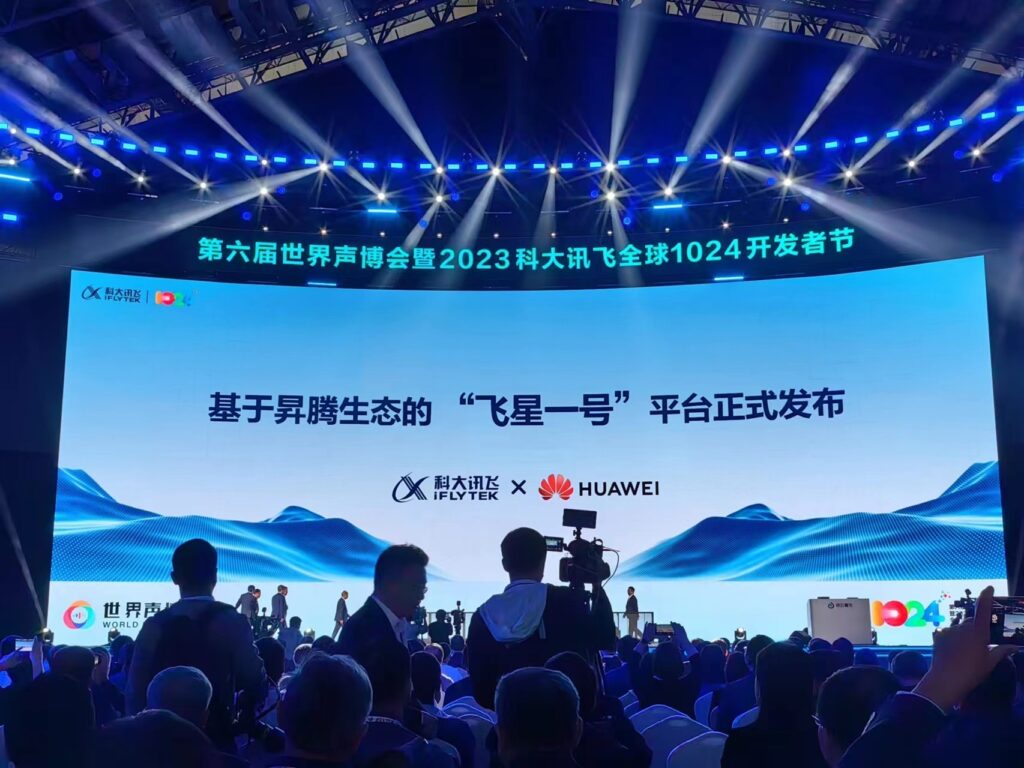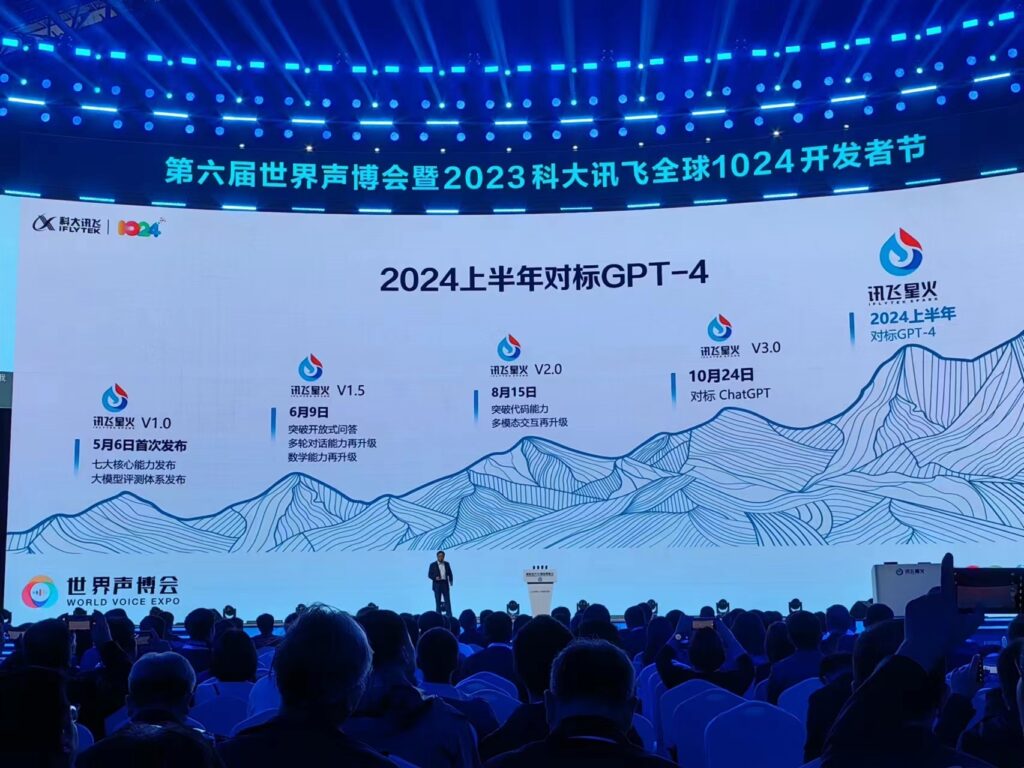
10-26 #Whatsthepoint : Nvidia and AMD are reportedly planning to launch Arm-based CPUs; Samsung is allegedly planning to apply gOLED to the low-cost smartphone; Motorola has introduced a concept device equipped adaptive display technology; etc.

Qualcomm has announced the Snapdragon 8 Gen 3 flagship platform. It all starts with the AI Engine, which supports multi-modal generative AI models and popular large language models for speech recognition – the chip can run up to 20 tokens per second for instant AI assistant responses. Qualcomm’s Sensing Hug securely accesses personal data like favorite activities, fitness level, and location to give better AI assistant responses. The Snapdragon 8 Gen 3 can deliver ‘console-defying’ gaming with 240 fps support on 240 Hz displays. Adreno Frame Motion Engine 2.0 can generate frames for smoother playback, and there’s Unreal Engine 5.2 support. The GPU inside the Snapdragon 8 Gen 3 is 25% faster, 25% more power efficient, and brings 40% better Ray Tracing. (Android Central, Android Headlines, GSM Arena, Qualcomm)
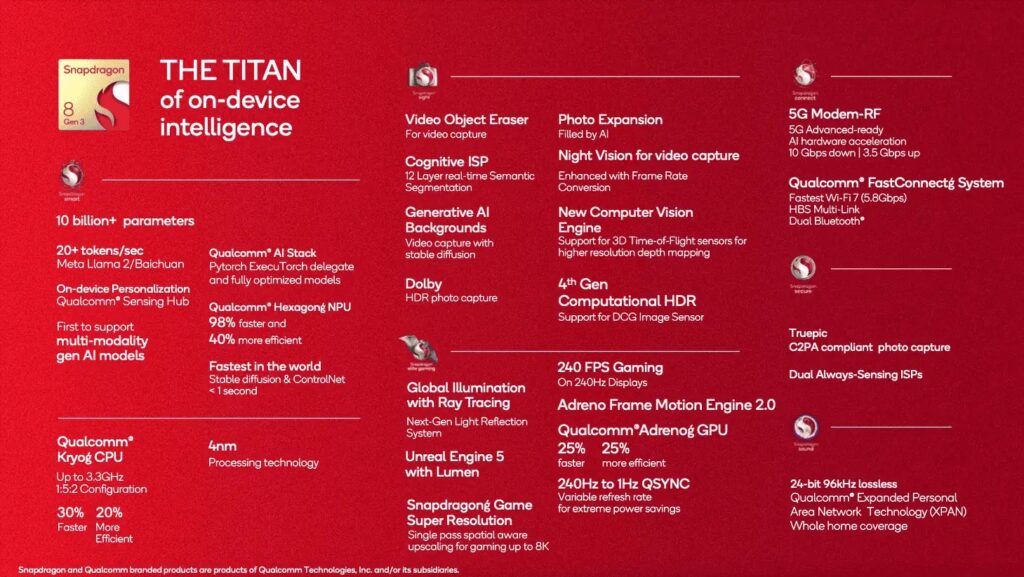
Qualcomm has announced Snapdragon S7 and S7 Pro Gen 1 Sound platforms with Bluetooth 5.4. The S7 and S7 Pro deliver “six times the compute power, almost 100 times the AI power” (thanks to the use of a dedicated Micro NPU AI engine) of “previous generation platforms”, aka the S5 Gen 2. These two audio platforms “utilize and unparalleled level of on-device AI”, according to Qualcomm, which will help “hearing enhancement technologies deliver a more seamless user experience by understanding and adapting to user needs throughout the day”.(GSM Arena, Qualcomm, Digital Trends)
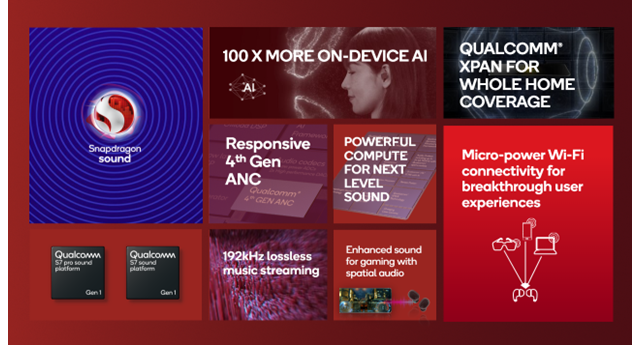
Qualcomm has announced its next-gen high-end chip for Windows on ARM laptops – the Snapdragon X Elite. Snapdragon X Elite is fabbed on a 4nm process node and features 12 high-performance Oryon cores clocked at 3.8 GHz with single and dual-core boost up to 4.3 GHz. Qualcomm states that its new CPU matches competing Intel 13th gen CPUs on multi-threaded performance while drawing 68% less power. X Elite features an integrated Adreno GPU rated at 4.6 TFLOPs with support for DirectX 12 API. The chip can handle up to 3x external UHD monitors at 60Hz. Video editors can take advantage of the Adreno video processing unit (VPU) which supports 4K60 10-bit encodes and decodes for H.264, HEVC (H.265) and AV1 files.(GSM Arena, AnandTech, Qualcomm, The Verge)
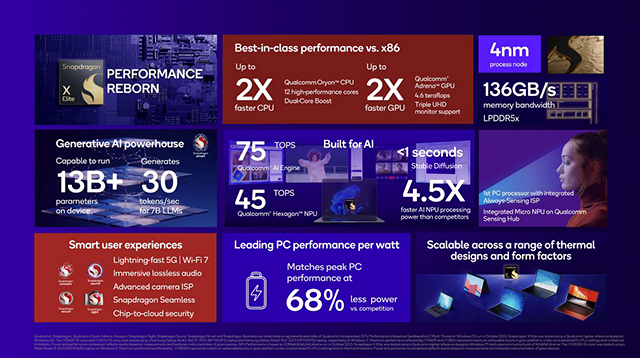
Qualcomm has announced that over 3B devices are now running on Snapdragon chips. Qualcomm’s Snapdragon processors are used in many of the world’s most popular smartphones, including the Samsung Galaxy S series, the Google Pixel series, and the OnePlus series. They are also used in many flagship smartphones from Chinese brands such as Xiaomi, OPPO, and vivo. (Gizmo China, GizChina, SamMobile, IT Home)
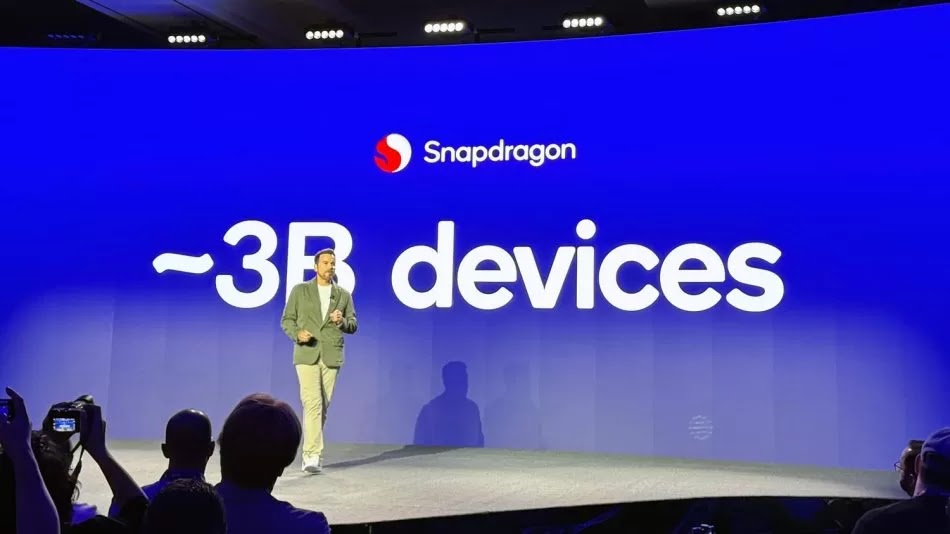
Atom Computing, a developer of neutral atom-based quantum computers, has announced it has built a 1,225-site atomic array that contains 1,180 qubits. This follows building a 100-qubit system, named Phoenix, in 2021. While there are no beta users for the new device, which will not be broadly available until sometime in 2024, Atom Computing becomes the first quantum company to reach the 1000-qubit milestone in a gate-based system. The new device passes the 433-qubit mark set by IBM’s Osprey QPU, which was announced late in 2023 and deployed in May 2024. (CN Beta, Forbes, Ars Technica, HPC Wire)

Nvidia and AMD are both reportedly planning to launch Arm-based CPUs for Windows-based PCs. Nvidia has started designing Arm-based CPUs in what could be a major expansion of Microsoft’s Windows on Arm work. Nvidia and AMD could both be ready with PC chips as soon as 2025. Microsoft has so far exclusively partnered with Qualcomm for Arm-based versions of Windows 11. AMD and Nvidia potentially joining Qualcomm for Arm-based Windows devices will increase the pressure on Intel to deliver chips that can compete with Apple’s own silicon. Microsoft has also been rumored to be working on its own Arm-based chips for servers and potentially even Surface devices. (CN Beta, Gizmo China, The Verge, Reuters, Anandtech, Tom’s Hardware)

Samsung Electronics is allegedly planning to apply rigid organic light-emitting diode (OLED) to the low-cost smartphone Galaxy A15, which is expected to be released in 1H24. If Samsung Electronics applies rigid OLED to the Galaxy A15, it will become the first model among the Galaxy A1 series to apply OLED. The previous Galaxy A14, released in 2023, was equipped with a liquid crystal display (LCD). Rigid OLED, which uses a glass substrate, is mainly used in mid- to low-priced smartphones such as Samsung Electronics’ Galaxy A series, while flexible OLED, which uses a polyimide (PI) substrate, is mainly used in high-end smartphones such as the Galaxy S series and Apple’s iPhone. Recently, demand for smartphone rigid OLED has decreased as Chinese panel companies have been selling flexible OLED at low prices. (Android Headlines, The Elec, SamMobile)
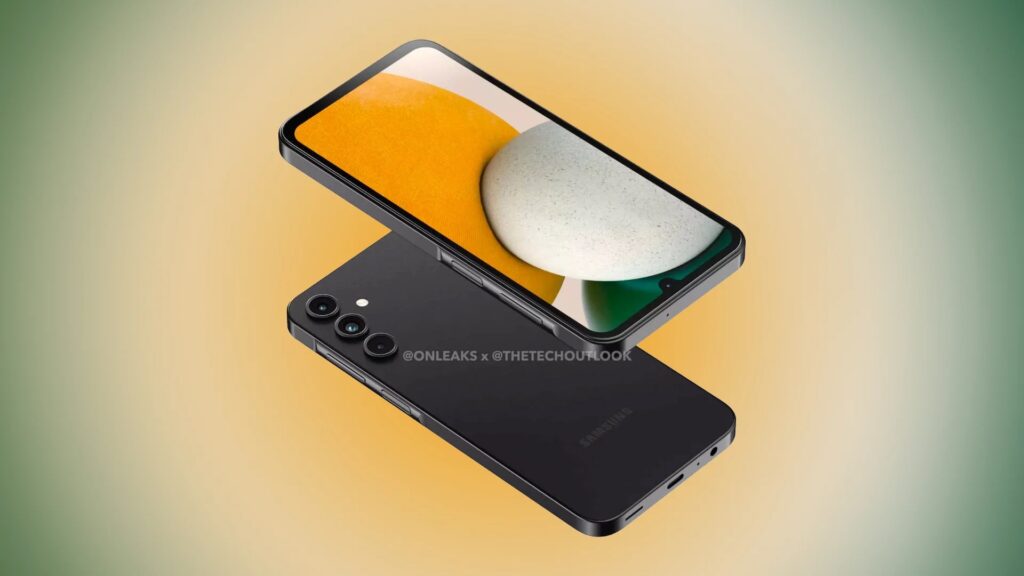
Motorola has introduced a concept device equipped with a bendable FHD+ pOLED display. The adaptive display seamlessly transitions from a conventional Android phone setup when flat to a device that can be wrapped around user’s wrist or configured in various stand modes. When in its flat form, it functions as a standard 6.9″ Android phone. However, when positioned upright, it transforms into a self-standing device with a more compact 4.6″ display. Moreover, users have the option to wear it on their wrist.(GizChina, Lenovo, GSM Arena, CNET)


Tecno has worked with BBC StoryWorks, BBC Studios’ commercial content division, to present ‘Portrait for Everyone’, a compelling short film showcasing how Tecno Universal Tone technology revolutionizes multi-skin tone imaging to properly represent everyone in one picture. Tecno Universal Tone is a most advanced AI-Powered multi-skin tone imaging technology that has been developed to meticulously understand and capture the beauty of the world’s diverse range of skin tones. (GizChina, PR Asia, Yahoo)


Micron has announced that it is now shipping production samples of its low-power double data rate 5X (LPDDR5X) memory — the industry’s only 1β (1-beta) mobile-optimized memory — for use with Qualcomm’s latest flagship mobile platform, Snapdragon 8 Gen 3. Running at the world’s fastest speed grade of 9.6 gigabits per second (Gbps), Micron LPDDR5X provides the mobile ecosystem with the fast performance needed to unlock generative artificial intelligence (AI) at the edge. (CN Beta, Micron, Yahoo)

Kioxia has allegedly reached out to state-backed Japan Industrial Partners (JIC) to invest in a planned merger of its flash memory business with that of Western Digital. Japan’s top banks are set to commit to JPY1.9T (USD12.67B) in financing to support the merger. (CN Beta, Reuters, Bloomberg)
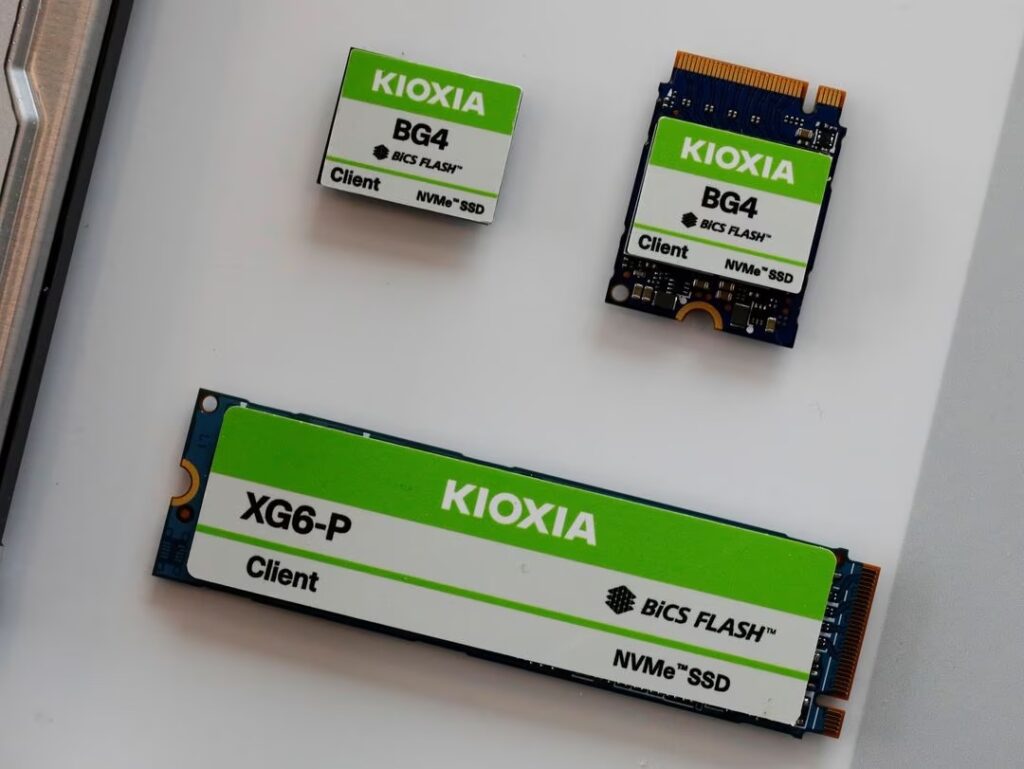

Samsung SDI and Hyundai Motor Group have entered into an agreement for the supply of electric vehicle batteries for the first time. The estimated battery supply during these 7 years is approximately 35-40 gigawatt-hours (GWh), equivalent to around 500,000 electric vehicles. The estimated value of this agreement is in the range of KRW4- 5T (USD2.96-3.7B). Samsung SDI will supply Hyundai Motor with its upcoming 6th generation prismatic battery, known as thr “P6”, which is currently in development. The P6 battery features a high nickel content of 91% in a nickel-cobalt-aluminum (NCA) cathode material arrangement and incorporates proprietary silicon materials in the anode, maximizing energy density. Production of the P6 batteries will take place at Samsung SDI’s factory in Hungary, with deliveries to Hyundai’s European manufacturing facilities.(CN Beta, Samsung SDI, Reuters, KED Global, Business Korea)
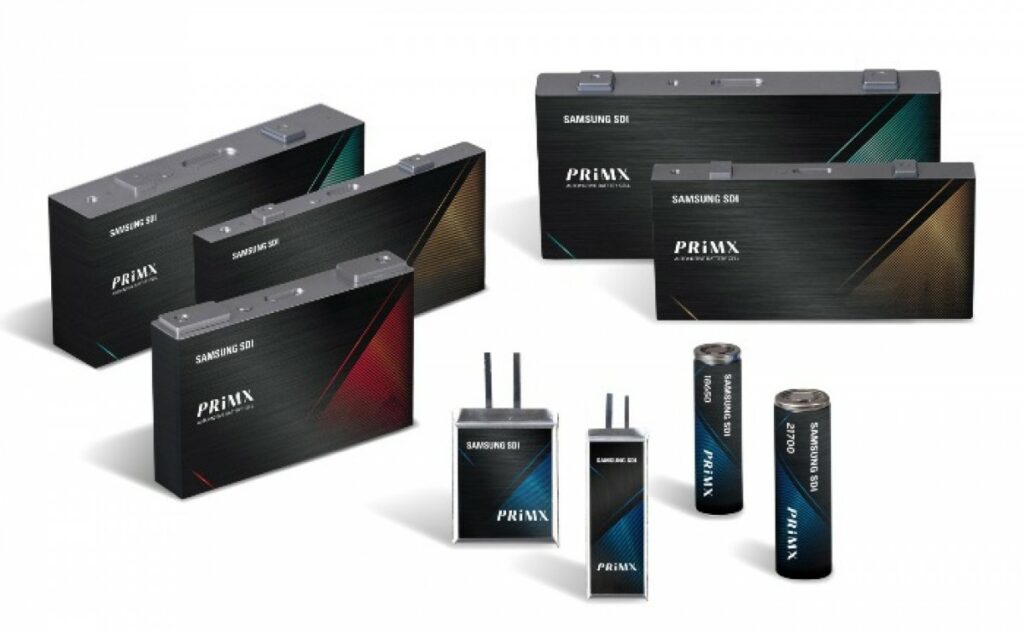

Microsoft CEO Satya Nadella has echoed the statements of the general public by emphasizing that discontinuing Windows phones was a mistake. According to Nadella, there might have been better strategies to address the Windows phone situation, considering it resulted in a staggering USD7.6B write-off associated with the acquisition of Nokia’s phone business. (Android Headlines, Business Insider)

CIRP’s replacement data shows Apple iPhone owners do keep their phones longer than Android owners. There are many possible explanations for the slower replacement cycle. 61% of iPhone buyers had their previous iPhone for 2 years or more, compared to 43% of Android owners. Far more iPhone owners (29%) owned their previous iPhone for 3 years or more than Android owners (21%). Conversely, many fewer iPhone owners (10%) owned their previous iPhone for a year or less, compared to almost a quarter of Android owners. The conventional wisdom is that iPhone owners are more affluent and more tech/fashion conscious, and Android owners are more budget conscious. In theory, that should make iPhone buyers more likely to upgrade more quickly, but that is not the case. (Apple Insider, CIRP)
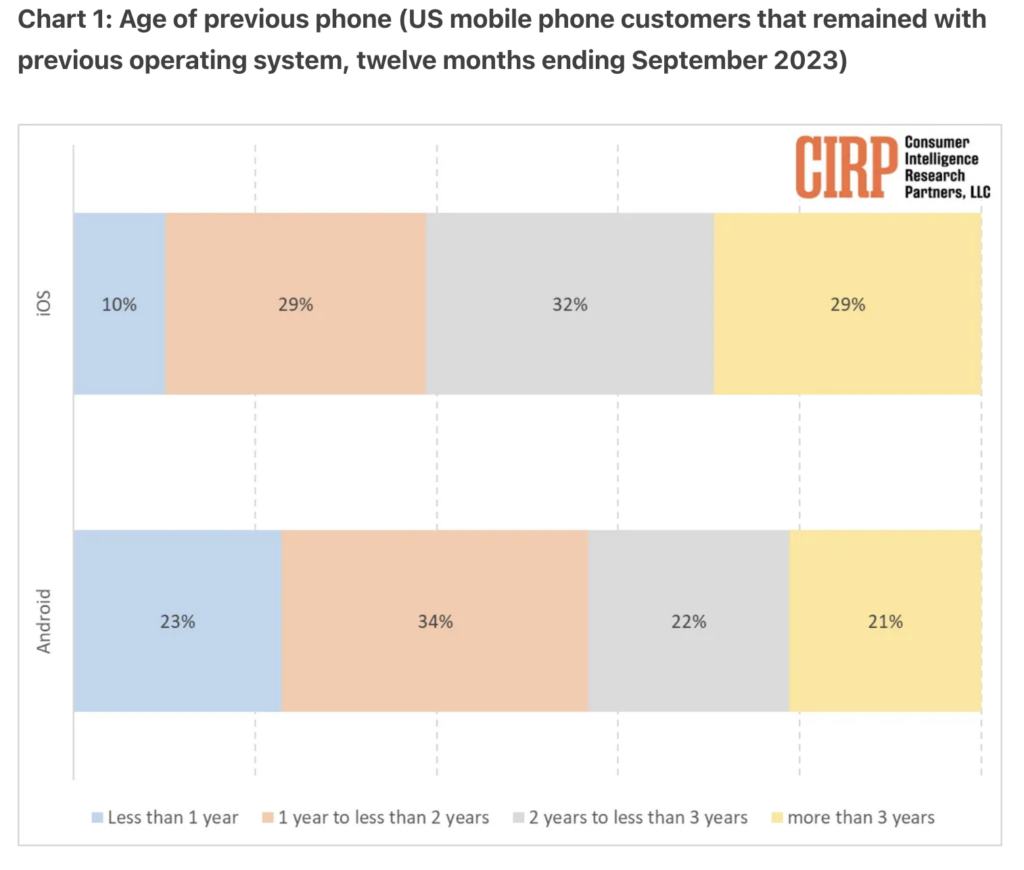
The teardown analysis of Apple’s latest iPhone 15 series by Nikkei research reveals a significant increase in production costs, especially for the top-tier model. The estimated production cost for iPhone 15 Pro Max is USD558, which is a 12% increase from the 14 Pro Max released in 2022. The cost-to-price ratio for the 15 Pro Max stands at 47%, a 1 percentage point increase from the 14 Pro Max. Notably, the telephoto camera’s cost increased significantly, jumping to USD30, which is 3.8 times higher than the 2022 model. The new lightweight and durable titanium frame costs USD50, 43% more than a traditional stainless steel frame. The latest A17 Pro chip costs USD130, a 27% increase from the previous model. (CN Beta, Nikkei, Fonearena)
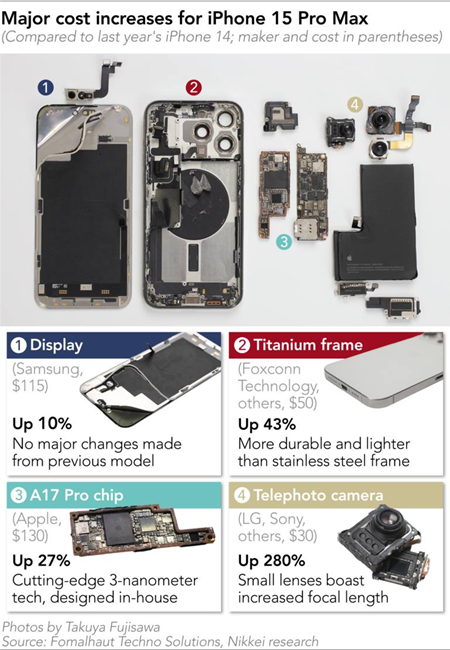
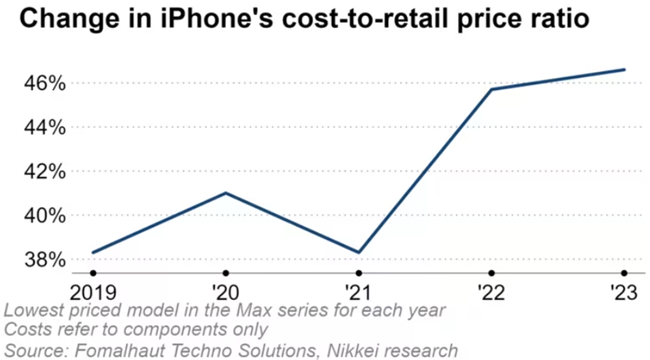
Foxconn is allegedly is facing a tax probe in China. Some of Foxconn’s key subsidiaries in China were the subject of tax audits and that China’s natural resources department had conducted on-site investigations on land use by Foxconn enterprises in Henan and Hubei provinces and elsewhere. Foxconn, formally called Hon Hai Precision Industry Co Ltd, employs hundreds of thousands of people in Mainland China and is a major investor there, regularly hailed by Beijing as an example of the success of Taiwanese investors in the country. However, the company has been pushing to diversify its manufacturing base outside China. (CN Beta, RFI, UDN, Apple Insider, The Guardian, Reuters, Global Times)


Apple is reportedly planning an end-to-end overhaul of its AirPods lineup, refreshing a product category that is emerged as one of the company’s biggest sellers. The changes will include a revamped version of Apple’s entry-level AirPods in 2024 and a new Pro model the following year. The company is updating the products’ earbud design, the look of the cases and audio quality. A new version of the AirPods Max headphones are coming in 2024 as well. Apple plans to phase out both the second-generation and third-generation AirPods later 2024. They will be replaced with two fourth-generation AirPods that are priced similarly to the current versions but are more differentiated. The two models will feature a new design that looks like a blend of the third-generation AirPods and the Pro model. (Engadget, CN Beta, Bloomberg)
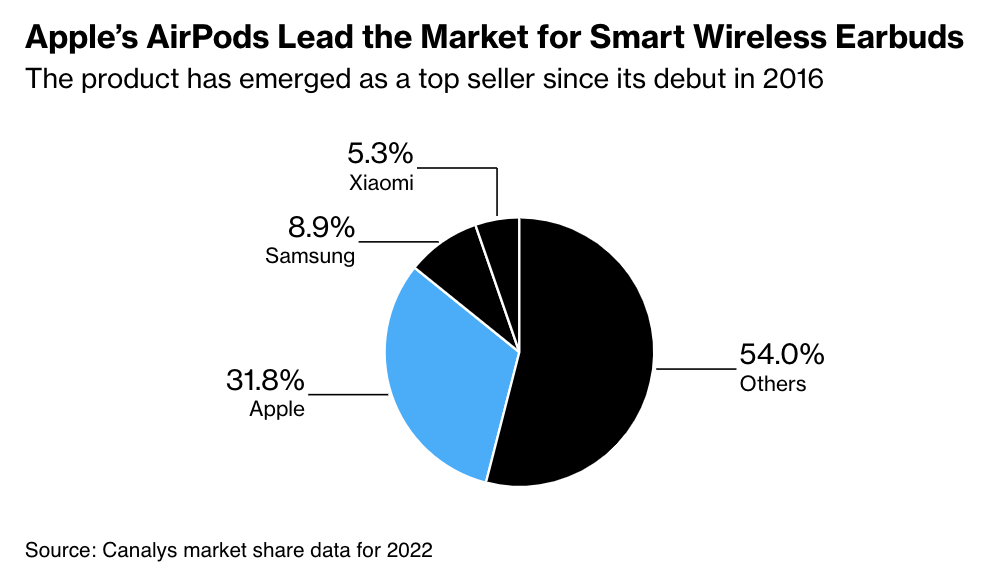

iFlytek has launched its latest large language model, SparkDesk 3.0. The company said it will partner with Huawei for a newer version that will be released next year and have equivalent capability with GPT-4. On this basis, the iFlytek SparkDesk model will start larger-scale training against GPT-4. In 1H24, the release of iFlytek SparkDesk 4.0 will be fully benchmarked against GPT4, and it is not just a simple technical benchmarking issue, but also about going out of its own technical route and its own industrial direction.(CN Beta, My Drivers, IT Home, China Daily, SCMP)
